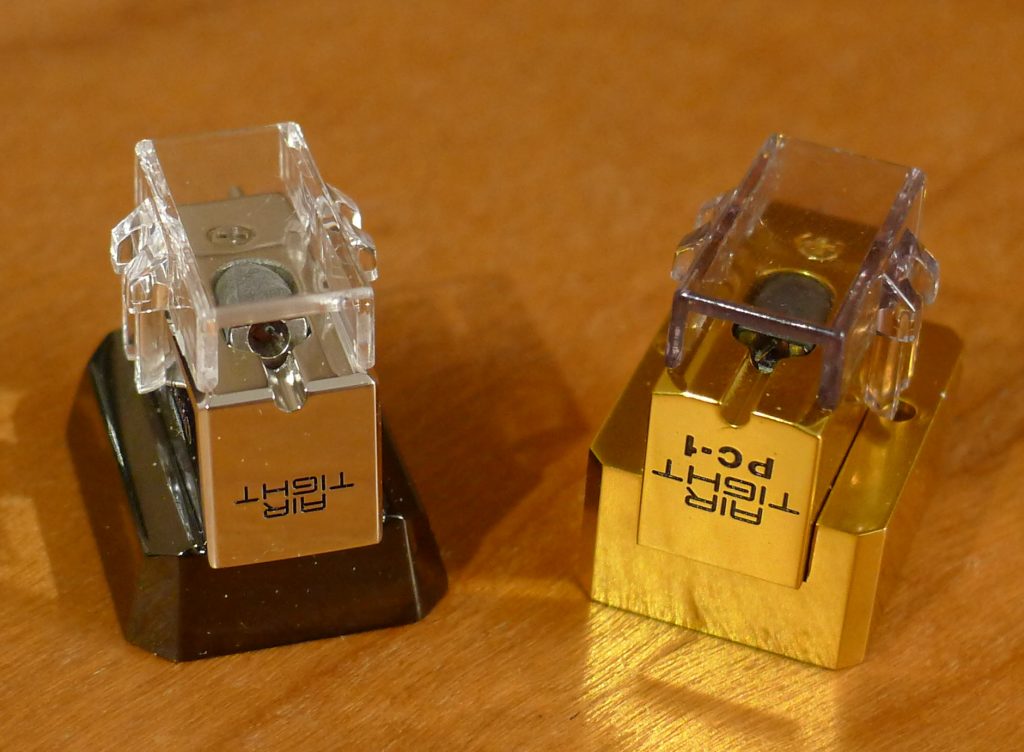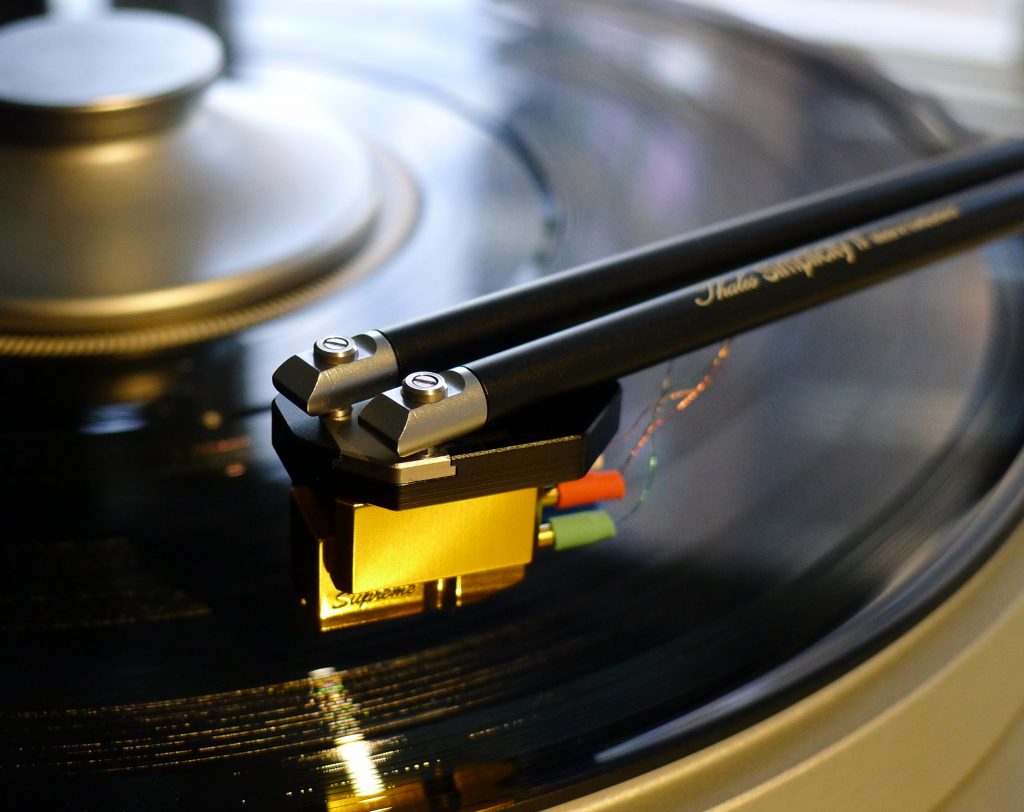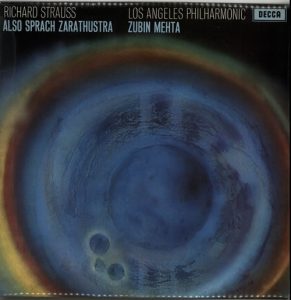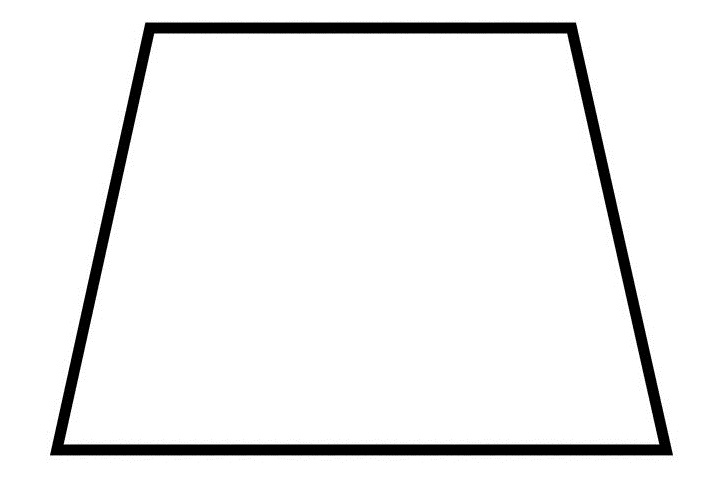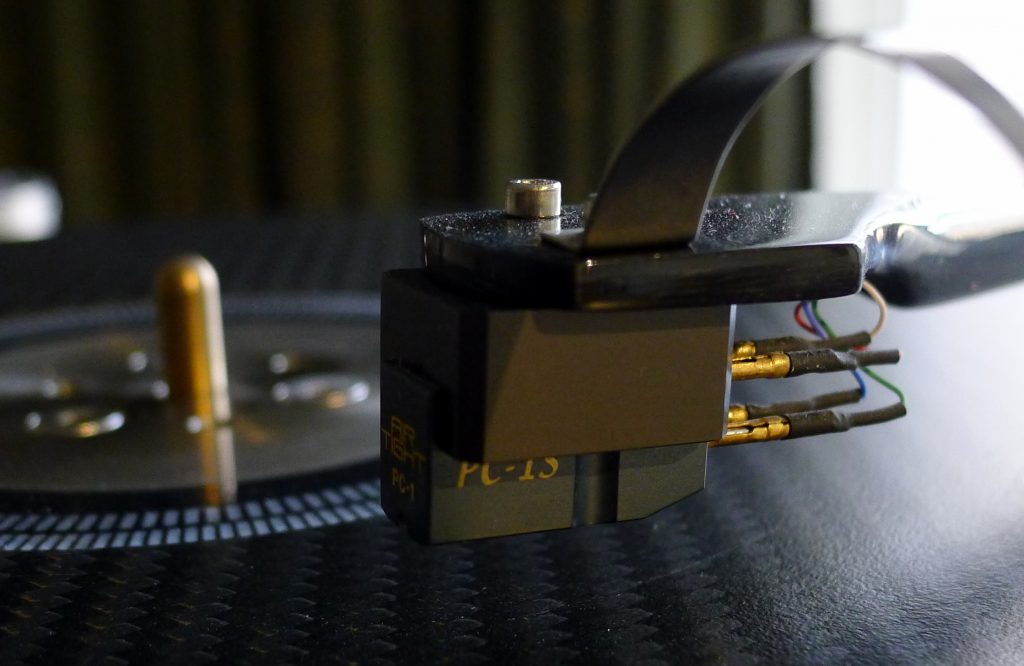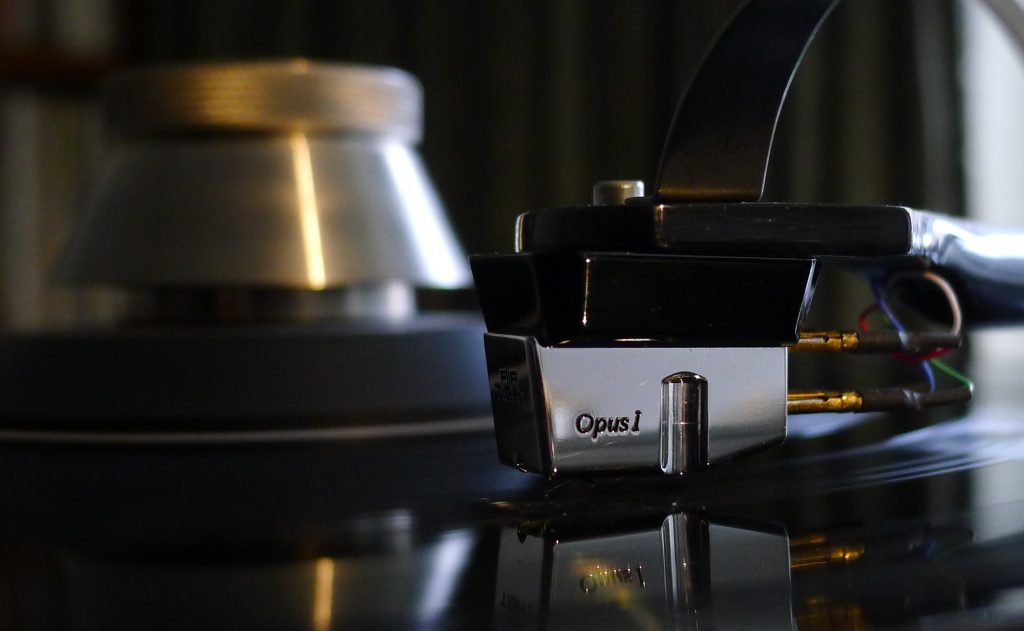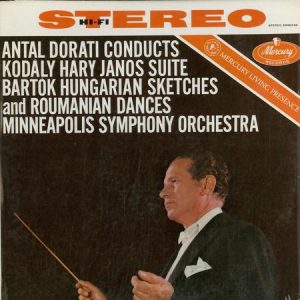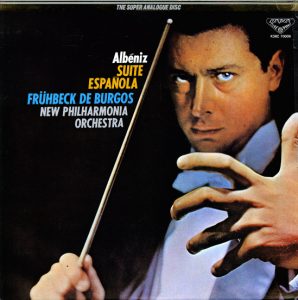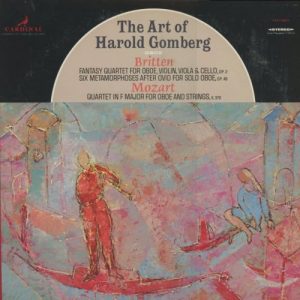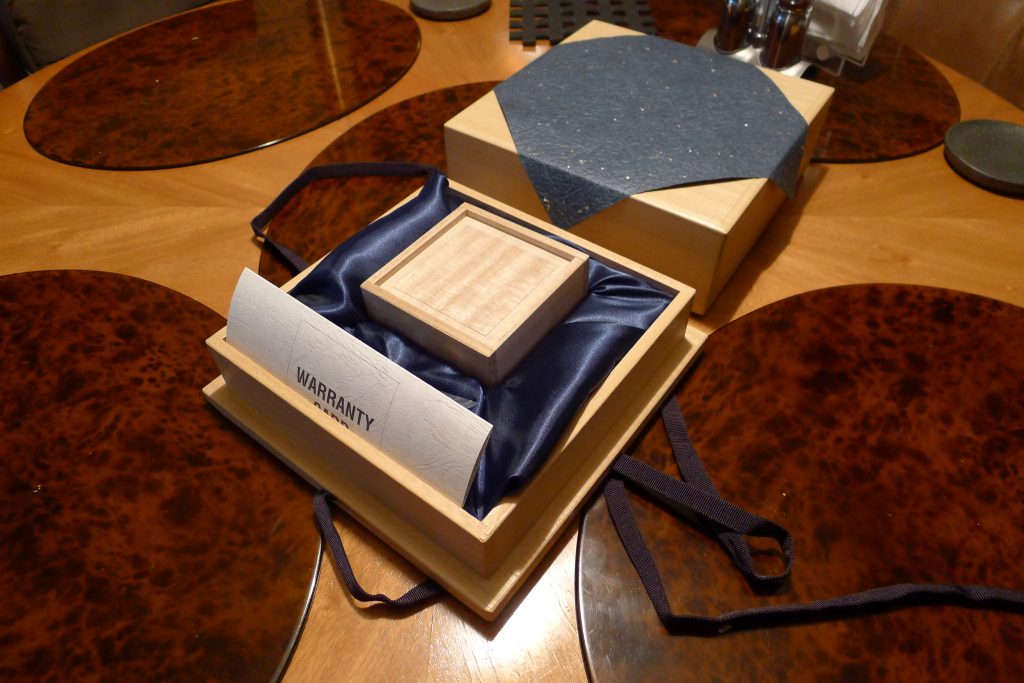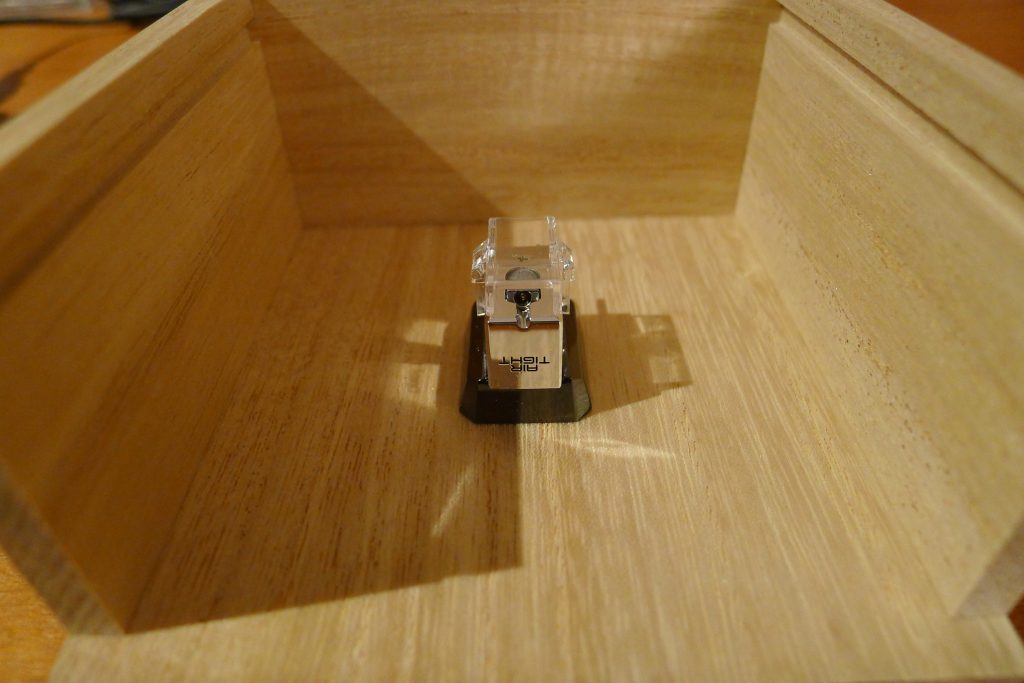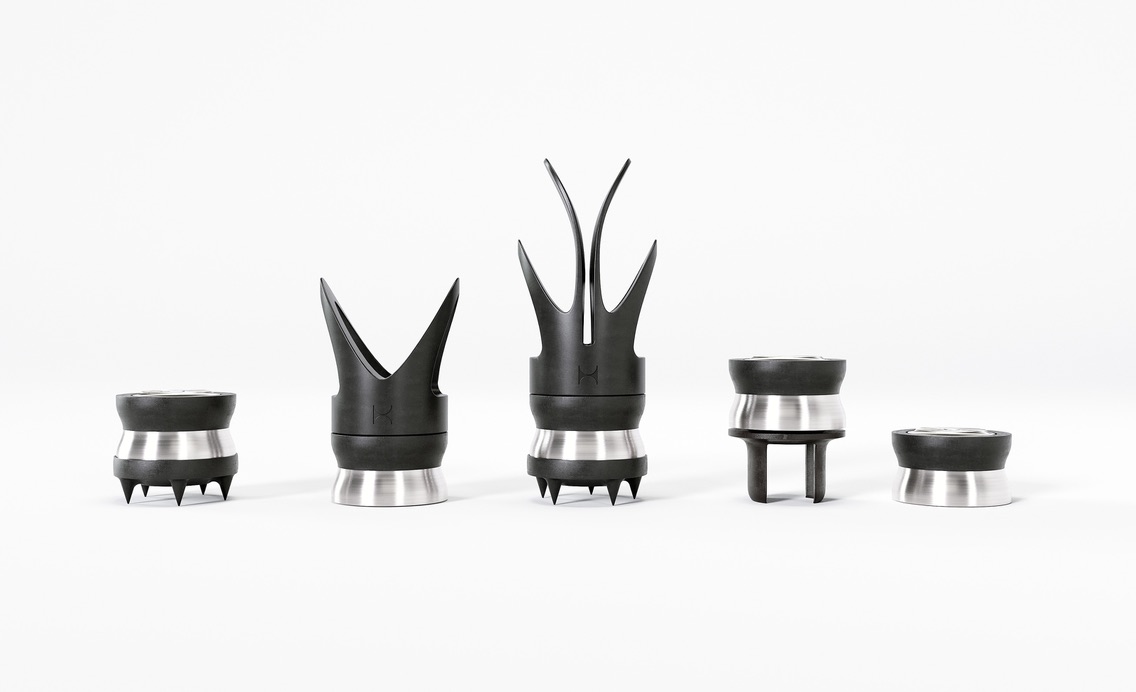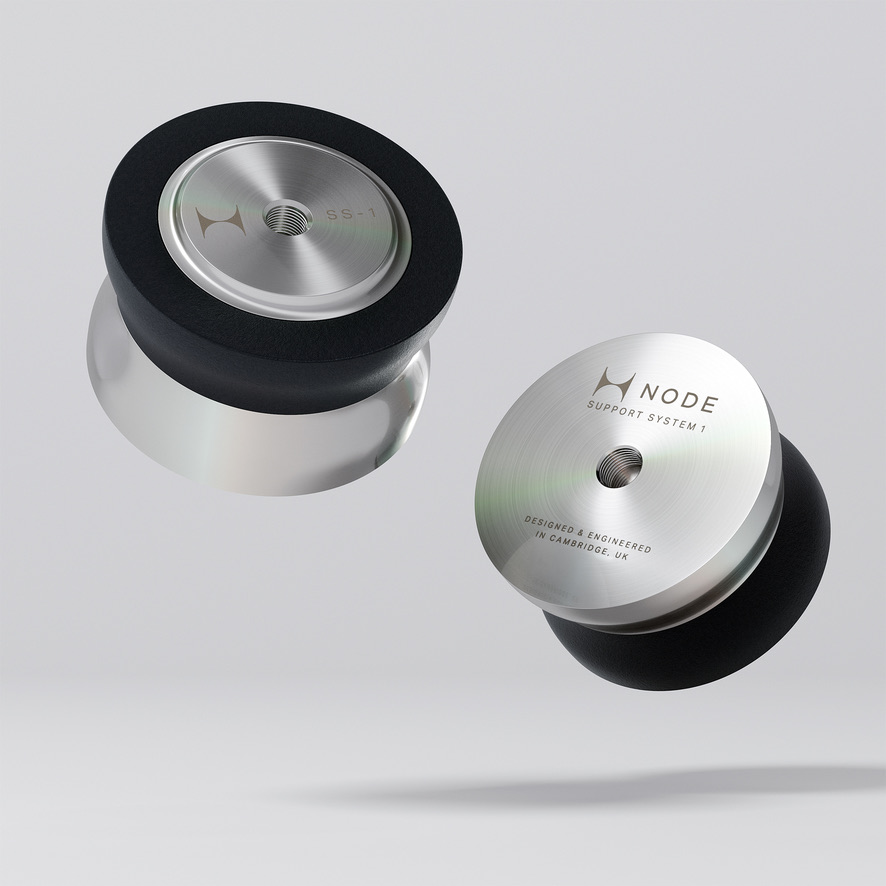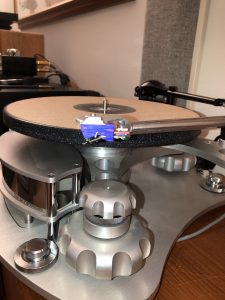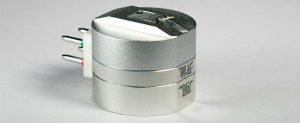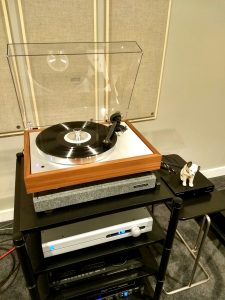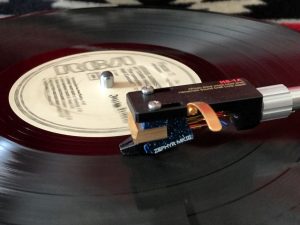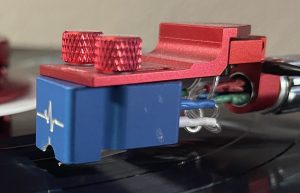Air Tight's Supreme and Opus Cartridges
What's the Pecking Order?
"That would make life very interesting, but wouldn't it be overkill?" I was in the middle of a Thales turntable review and had the TTT-Compact II table and Simplicity II tonearm on the floor mounted with my Air Tight PC-1s MC cartridge ($14,500, $9200, and $8500, respectively).
When I happened to mention I had arranged to review a pair of Air Tights' top-of-the-line cartridges and the Supreme MC ($11,000) was coming, the Thales importer didn't miss a beat—let's put it on his table.
That triggered my reflexive objection. The cartridge is among the most expensive available, obviously in the luxury class; the table and tonearm are priced in the upper-middle class. It was clearly a mismatch. Doesn't common sense dictate that you tackle the weakest link first—not jump wholly out of class?
What would you do? I took a poll of some industry insiders, asking "Would it be a waste of time? And just what is the upgrade path for analog?"
The first two guys paused to consider the scenario then each independently voiced an unequivocal, "Go for it!" In both cases their reasoning was that at a certain point turntables are good enough. While there are some better than the Thales (and my Kronos Sparta), these models will not be significant limiting factors. In other words, if you put a world-class cartridge on one of these tables you will hear what it can do.
The Air Tight importer was the lone dissenter: "It would not be dollars well spent. With these tables, you would get maybe 85% of what the cartridge can deliver."
I thanked them all, reserved judgment, and decided to find out for myself.
The Supreme on the Thales
The Air Tight PC-1-Supreme Arrives
I'm very glad I did, because when I mounted the Supreme MC on the Thales and everything was fully optimized (this took a while as I had some setup issues mostly having to do with ground potential differences) …Oh, boy!
With a spectacular recording like Zubin Mehta and the L.A. Phil performing Also Sprach Zarathustra (Decca SXL 6379 original LP), analog lifted off and attained an extraordinarily high orbit. In one particular it broke through into uncharted terrain.
The Supreme on the Thales Table
The Thales/Supreme was able to carve out the rear wall of the soundstage and illuminate the far corners, sighted approximately down the line from the front ones. The resultant stage resembled a square. It looked like this:
Thales/Supreme Soundstage Schematic
This was a first. A rendering of my soundstage has always resembled a trapezoid. Width at the front of the stage spans the distance between the speakers (and sometimes extends outside them). As you go back it begins to taper: receding rows of instruments gravitate towards the center. By the time you reach the rear wall the corners are lost. It looks like this:
My usual Soundstage Schematic
The Thales/Supreme is the first front-end to accurately portray a schematic of the recording venue. I'm sure the Thales tonearm contributed mightily to this illusion. The Simplicity II is a pivoted arm designed to mimic linear tracking by adjusting the headshell position as it navigates the record.
Where a conventional pivoted arm is calibrated to be tangential to the groove at two points, the Thales design keeps the stylus tangential at all points. The manufacturer claims a maximum tracking error of only 0.006°. My subjective impression of playback sans distortion told me the implementation of the concept was on the money. The stage reminded of one of those board games such as Monopoly. The flat cardboard playing surface is analogous to the stage; the upright pieces that you move around on it are the instruments.
But it wasn't until the arm was mated with the Supreme MC that I "saw" the rear corners. It didn't happen with the PC1s.
BTW, I've occasionally heard illusions of similar accuracy at some very high-end dealer's showrooms, but always with analog, never with digital source. I wonder why that is?
The Supreme on the Kronos Sparta
Time passed. The Thales review was done and the table went back. Other components came in: the Lamm LL1.1 Signature Preamp replaced my CH Precision L1; TARA Labs The Muse interconnects were swapped out for Kubala-Sosna Elation!. (This was because the Lamm Preamp only supports single-ended on input and I didn't have enough of The Muse with RCA termination.)
PC1s on the Kronos Helena arm
I got reacquainted with the PC-1s on the Sparta, which is my baseline. When I was ready, the Supreme was mounted. Alas, it did not create the same rectangular soundstage. Somewhere between swapping the preamp, the wires, and the turntable, I lost the rear corners and the soundstage was back to resembling a trapezoid.
But other delights emerged.
I was gazing at a stage with such a high pixel count it was almost unreal. A flood of data was exposed, much of it on the micro side. Mass groups of instruments became parseable, i.e. you got a real sense of the number of heads in the first violin section. A secondary effect of all this fresh micro-level data was that instruments began to differentiate themselves in expression, i.e. a cello's dynamic behavior is different from that of a clarinet.
It was transparent like the Thales and the images were about the same size, but had more saturation and density. However, because the stage was more fully realized it was perceived as more spacious, expanded in every way (except the rear corners).
What fantastic string tone! It was sweet and warm, all of it cut from the same cloth, and with a consistent tonal color—and that color sure ain't grey! I, and many others, think the PC1s is great in this area, but the Supreme made clear by its absence there was a subtle, pervasive distortion imparting a mechanical veneer—and now it was gone! The Supreme enriches timbres, making wooden instruments sound more woody. The treble has a rounded edge, possibly a little rolled off, so it's not as incisive—but also not harsh.
Everything was done the right way. Most impressive was how the Supreme suppressed your awareness of the mechanical process and pushed down the hallmarks a reproduction.
The Opus on the Kronos Sparta
Now we come to the final chapter. For the second time during this review, the ancillary gear rotated. A pair of Audio Consulting components came in, the Silver Rock Phono Stage and SWGLA Line Preamp. These AC components are something else and provided a booster stage to fuel our ascent to even higher altitudes. I basked in this analog glory for a good two weeks.
And then, the Opus MC (MSRP $15,000) arrived! Egad!
Every Record Tells a Story
Well, here we go again. If the Thales/Supreme/CH Precision electronics excelled at depicting the soundstage schematic, and the Kronos/ Supreme/Lamm LL1.1 achieved the most densely packed, least mechanical presentation, the Kronos/Opus/Audio Consulting saw them both and raised the stakes. The panel consensus was unanimous and the crown was passed to the newcomer. I won't dwell on those aspects shared with the Supreme; let's jump right to what's new.
I was quite surprised by the dark and warm tonal palette of Zoltán Kodály's Hungarian Sketches. This is the flip side of the famous Háry János Suite (Mercury SR90132). It presented a huge dynamic range with a powerful bottom, and so much image separation across the width that it recalled the ping-pong effects of early stereo (the recording dates from 1956!). Instrumental sections were large, all heads accounted for. However, intonation was erratic and timbres were coarse: the Minneapolis Symphony was not a first-rank orchestra at the time. All in all, this was a great example of the fabled Mercury sound.
Then I sampled the Albeniz, Suite Espanola, a heavy-weight reissue manufactured by King Record Co., Japan (Super Analogue Disc KIJC 9144). This LP had balanced frequency response, credible tonal colors, and the orchestra layout was much more realistic, a wide and continuous lateral spread with no holes. Images were visible but not spot-lit; dynamics were excellent without being hyped.
The Háry János had tons of body; the Suite Espanola slightly less. However, body was a serious issue on my third example, The Art Of Harold Gomberg (VCS 10064), a Vanguard Cardinal Series LP from 1969. There were obvious problems in the acoustic. The oboe is out of proportion—too large, too close to the mic, too far forward—as if it's in another room. Tone was thin and treble at times strident. This is not a quality recording.
Musical
The Opus confronted me with a different soundscape each time I changed LPs. Ephemeral nuances that may have been dimly present, merely hinted at, were now clear as day. It didn't matter whether the signal was soft or loud; the Opus never compromised the quality of sound. Musicality was always retained. Where the Supreme began the process of pushing down awareness of the mechanical aspects, the Opus completed it.
The Opus display box
Installation
The PC1s, Supreme and Opus come in wooden boxes wrapped with hand-made paper and tied with silk cords or ribbons. The aesthetic at work here is so refined and dignified it comes as a shock. Nothing else in audio exhibits this rarified sensibility (sensei-bility?). These are luxury products from a foreign land, hand-packed by Miura-san himself.
My PC-1s is an improved version of the original PC-1, which is NLA. The Supreme is the model above the PC-1s and another thing altogether, with a different motor design and gold-plated exterior. The designers aim was to bridge the benefits of high and low-output moving coils.
The latest and greatest is the Opus, a revolutionary design that further commingles the strengths of high and low-output cartridges.
In general, set up instructions are the same for all three carts. I set the VTA slightly lower in back, with the stylus at a 92° angle. (Manufacturer recommendation is level.) VTF was around 2.15 grams. (Manufacturer recommendation is 2 - 2.2 grams.) Output voltage of the carts varies from 0.4 to 0.6mV.
For the variety of components used, I alternated between TARA Labs The Muse signal wires and Kubala-Sosna Elation!. The excellent Stage III Analord Master phono cable was always in place. For really solid, convincing low end, the TARA Omega Evolution power cord was on the preamp.
Conclusion
I'm a big fan of micro-brews. The type of craft beer I like can be described as low on hops and big on body. Curiously, that happens to parallel my preferences in musical playback. The kind of sound I enjoy spares the boom and sizzle of sonic fireworks, but ladles on a decent helping of body, if you please.
And that description also jives with Air Tight's MC cartridges. As you go up the line from the PC1s --> Supreme --> Opus, you'll find each piggybacks on the strengths of the prior and enlarges the distance between you and the mechanical process at work. The Supreme began this process; the Opus completes it. But there's a caveat: your gear has to be at a certain level.
Which reminds me of a funny story. Panel-mate Dave and I were visiting a dealers' showroom. At one point the proprietor turned to me and said, "You know, the cost of my entire system is less than the price of any one of your components." Well, I don't dispute that. But I should have turned it around and replied, "That's true, but then again, the cost of Dave's whole system is less than the price of your speakers."
Barring the cost, the Opus is the best thing for analog since sliced bread.
Air Tight MC Cartridges
PC-1s: $8500
Supreme: $11,000
Opus: $15,000
Axiss Distribution, Inc.
Gardena, CA 90248
310.329.0187




